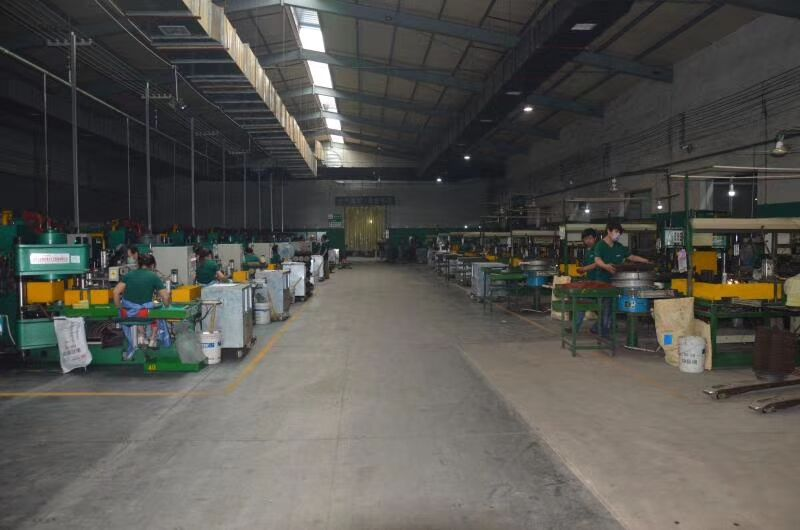Leading Manufacturer of Stainless Steel Welding Rods for Diverse Applications
The Role of Stainless Steel Welding Rod Manufacturers in Modern Industries
In the modern manufacturing landscape, stainless steel is a crucial material widely used across various industries due to its superior corrosion resistance, strength, and aesthetic appeal. The demand for stainless steel products has grown exponentially in sectors such as construction, automotive, aerospace, and food processing. At the heart of this thriving industry are stainless steel welding rod manufacturers, who play an essential role in ensuring the quality and performance of welded joints in stainless steel structures.
Understanding Stainless Steel Welding Rods
Welding rods, also known as welding electrodes, are vital components used in welding processes to create strong and durable joints between stainless steel parts. Stainless steel welding rods can be used across several welding techniques, including MIG (Metal Inert Gas), TIG (Tungsten Inert Gas), and stick welding, each offering distinct advantages depending on the application. The right choice of welding rod determines not only the quality of the weld but also the overall integrity of the final product.
Manufacturers produce these rods using various stainless steel grades, including austenitic, ferritic, and martensitic types, tailored to meet specific application needs. For example, austenitic stainless steel rods are often used in food processing and architectural applications, while ferritic rods might be preferred in automotive industries due to their magnetic properties. The careful selection of material composition is crucial, as it impacts corrosion resistance, mechanical properties, and the weldability of the rods.
The Manufacturing Process
The production of stainless steel welding rods involves several intricate steps. It begins with sourcing high-quality raw materials. Manufacturers typically use high-grade stainless steel scrap or ingots, ensuring the consistency and durability of their products. The manufacturing process includes melting the raw materials, followed by a series of alloying and shaping techniques.
After the initial shaping, the rods undergo processes like drawing and annealing to achieve the desired diameter and mechanical properties. The quality control measures are integral—testing for tensile strength, corrosion resistance, and overall weld performance is essential to meet industry and safety standards.
Once the rods are produced, they are packaged and distributed to various sectors, including construction companies, fabricators, and repair shops. The ability of manufacturers to provide high-quality stainless steel welding rods is vital in meeting the quality assurance requirements of industries reliant on welded components.
stainless steel welding rod manufacturer

Innovations and Trends
As industries evolve, so do the technologies and methods used in manufacturing stainless steel welding rods. Modern manufacturers are leveraging advanced techniques like automation and artificial intelligence to optimize production processes, improve quality control, and reduce costs. Innovations in alloy compositions have also led to the development of rods that offer enhanced performance characteristics, such as improved corrosion resistance and higher strength at elevated temperatures.
Sustainability is another significant trend shaping the industry. With an increasing focus on eco-friendly practices, manufacturers are exploring ways to recycle scrap materials and reduce waste during production. Additionally, the development of welding rods that require less energy and generate fewer fumes during the welding process aligns with global sustainability goals.
The Importance of Supplier Relationships
For industries that rely on stainless steel welding rods, establishing strong relationships with reliable manufacturers is crucial. A reputable welding rod manufacturer not only ensures the availability of high-quality products but also provides technical support and guidance on the best practices for welding processes. This collaboration helps end-users enhance their operational efficiencies and product quality.
Moreover, manufacturers must stay abreast of regulatory changes and certifications relevant to the industries they serve. Adhering to strict industry standards, such as ISO certifications, not only enhances their market reputation but also ensures compliance with safety regulations, safeguarding both employees and end-users.
Conclusion
Stainless steel welding rod manufacturers play a pivotal role in modern industries, supplying the essential materials needed to create strong, durable, and corrosion-resistant welded structures. As the demand for stainless steel products continues to grow, these manufacturers are also stepping up by adopting innovative practices and focusing on sustainability. The partnership between manufacturers and industries is vital, enabling the continuous improvement of welding processes and the quality of end products, ultimately enhancing the performance and safety of countless applications worldwide.
-
Best MIG Welding No Gas Flux Core Solution – Easy, Portable & Clean WeldingNewsJul.08,2025
-
7018 Welding Rod 3/16 - High Strength, Low Hydrogen Electrodes Wholesale 3/32 Welding Rod 7018 Suppliers & China 7018 AC Welding Rod FactoryNewsJul.08,2025
-
High Quality MIG Aluminium Welding Wire - Wholesale Factory Prices from China SuppliersNewsJul.07,2025
-
High-Quality Gasless Aluminum Welding Wire China Gasless Aluminum MIG Wire SupplierNewsJul.07,2025
-
High Quality Ordinary Welding Rod for Pipes – Reliable China Welding Rod 7016 SupplierNewsJul.06,2025
-
Welding Wire 0.9 mm ER70S-6 Supplier Wholesale Manufacturers & FactoriesNewsJul.06,2025


